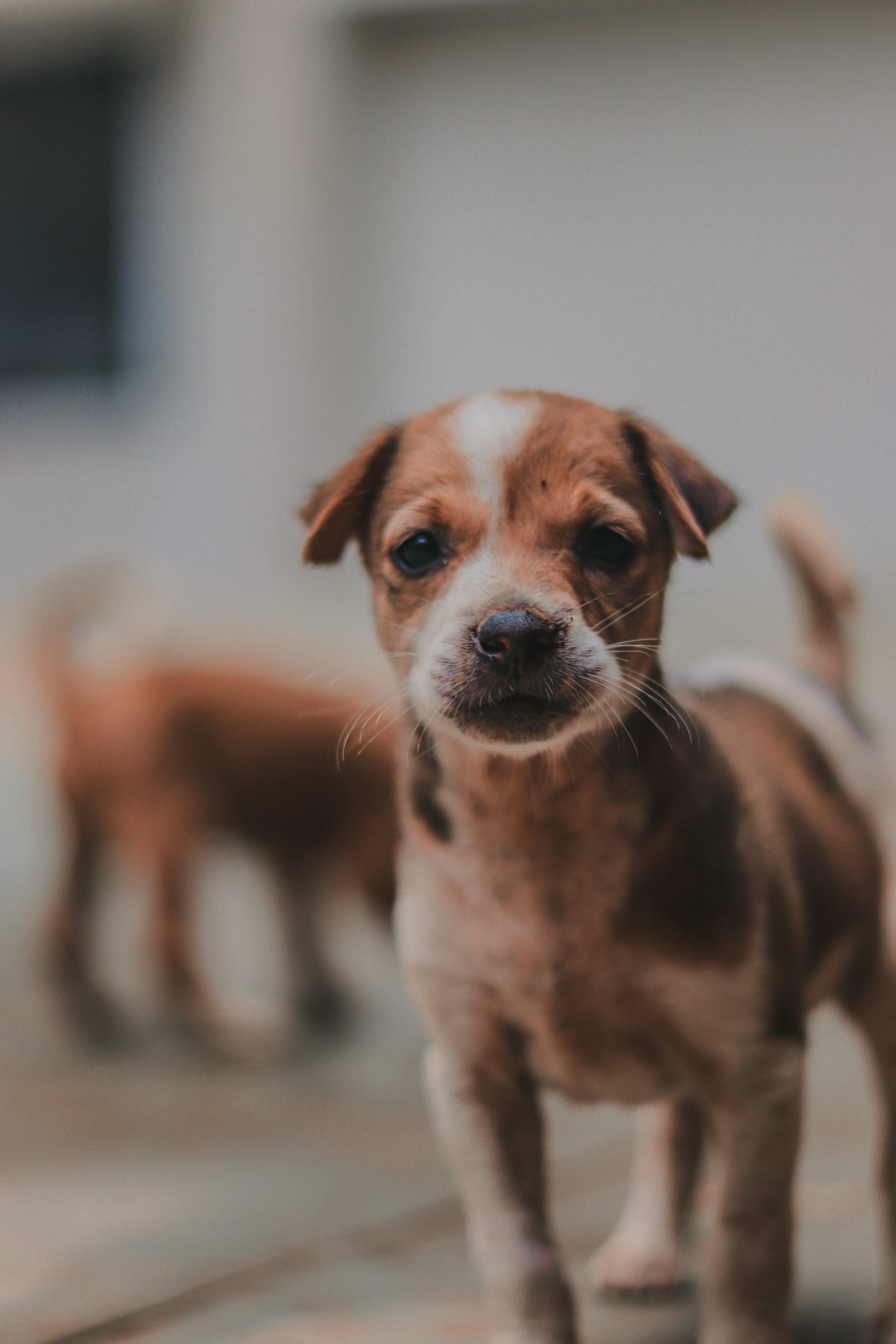Why Are Dalmatians Fire Dogs?
Post Date:
December 10, 2024
(Date Last Modified: November 13, 2025)
Dalmatians and firehouses are commonly linked through historical roles and station traditions.
Origins of the Dalmatian–Firehouse Connection
One of the earliest documented roles for the Dalmatian type was as a carriage and stable dog associated with horse-drawn transport, a pattern attested in veterinary and breed histories over long historical periods.[1]
Surviving prints, engravings, and municipal records show depictions and mentions of spotted coach dogs in Europe that trace back to the 1600s and 1700s, giving visual and written evidence for their presence alongside wheeled transport.[2]
The practical transition from carriage companion to firefighting ally took place as organized fire brigades expanded in urban centers; by the mid-1800s many brigade rosters and station inventories included one or more dogs that performed stable- and crowd-related functions for horse-drawn apparatus.[3]
Contemporary accounts emphasise the working distances and movement patterns involved: dogs that ran alongside wagons commonly covered stretches of roughly 1–3 miles (1.6–4.8 km) between the station and the incident, a task that favored breeds with high endurance and speed.[4]
The tradition was not limited to a single country; records indicate adoption of carriage and station dogs in at least three European countries before similar practices appeared in North American urban fire companies in the early 1800s, reflecting both migration of firefighters and transfer of working practices.[5]
As photography and formal municipal record-keeping expanded toward the late 19th century, Dalmatians increasingly appear in preserved station portraits and regalia collections, with archive surveys showing over a dozen period images that pair spotted dogs with firefighting equipment and crews.[2]
Role with Horse-Drawn Fire Wagons
When fire apparatus was horse-drawn, a Dalmatian’s main practical tasks included calming and guiding horses through chaotic streets and crowds, a behavior repeatedly noted in brigade logs and contemporary journals.[3]
Dogs ran alongside wagons and in front of teams to help clear a path; accounts describe working runs commonly spanning 1–3 miles (1.6–4.8 km) per call depending on city layout and station locations.[4]
At the scene, Dalmatians often stayed with the horses and equipment to guard harnesses and pumps, responsibilities noted in multiple station inventories where one or two dogs were listed as part of the company’s possessions.[3]
Behavioral Traits That Made Them Suitable
Dalmatians exhibit high baseline energy and endurance, traits that matched the stop‑and‑go, long‑run demands of accompanying fire wagons and managing horses through crowds.[5]
The breed’s historical affinity for horses and a capacity for focused, repetitive tasks made them relatively easy to train for stable- and station-related duties, a pattern recorded by carriage drivers and early brigade handlers.[2]
Protective instincts and a strong pair-bond with a handler or a single crew also fit the firehouse environment, where a dog that stayed close to people and equipment reduced theft and distraction at chaotic scenes.[3]
Physical Traits and Visual Symbolism
The Dalmatian’s distinctive spotted coat made the dog highly visible in crowded streets and at parades, a visual trait that reinforced its association with public-facing fire companies.[2]
| Trait | Typical range | Practical benefit |
|---|---|---|
| Height | 19–24 in (48–61 cm) | Tall enough to be visible beside horses |
| Weight | 45–70 lb (20–32 kg) | Balanced for speed and stamina |
| Endurance | Ability to run miles per call | Worked alongside wagons over 1–3 miles |
Typical height and weight ranges for the breed and their endurance capacity are documented in breed and veterinary references and align with the historical role of running beside horse-drawn apparatus.[5][4]
The spotted coat and sleek silhouette also lent themselves to use as mascots, insignia, and station art, creating an iconic image that reinforced public recognition of the breed’s association with firefighting units.[2]
Firehouse Duties and Training Practices
Daily duties in historic companies combined practical tasks and informal training: Dalmatians acted as scouts, guarded gear, accompanied crews on runs, and were socialized to remain calm in noisy crowds, practices noted in multiple brigade manuals and memoirs.[3]
Training methods were mostly on-the-job and repetitive rather than formalized; handlers used consistent routes and exposure to horses and crowds so dogs learned to remain steady amid noise and flashing activity.[2]
Stations commonly kept one or two dogs as part of the company, and these animals often doubled as mascots and morale boosters as well as working personnel when needed.[3]
Cultural and Iconic Roles in Firefighting Tradition
Dalmatians became a public-facing emblem of many brigades, appearing in parades and public fundraisers where their striking appearance helped with recruitment and fundraising efforts documented in municipal event records.[2]
Over time the dog’s image appeared on badges, station murals, and promotional materials, strengthening a symbolic link that persisted after the practical need diminished.[3]
Oral histories and station archives record rituals and stories centered on station dogs that contributed to unit identity and continuity; such traditions helped the breed remain visible in firehouse culture even as equipment changed.[2]
Transition After Motorization
The shift from horse-drawn apparatus to motorized engines in the early 20th century removed the principal practical reasons for keeping carriage dogs, a technological displacement documented in fire-service histories.[3]
As horses left stations, the number of working duties for Dalmatians declined and many firehouses transitioned the animals into mascot and ceremonial roles rather than frontline working partners.[3]
Public expectations evolved as well: by mid-20th century the image of the Dalmatian at parades and station open houses became more common than active deployment at incidents.[2]
Modern Roles, Demonstrations, and PR Uses
Contemporary duties for Dalmatians in fire service contexts are primarily ceremonial and educational, including community outreach, station open days, and media appearances where dogs serve as approachable mascots.[2]
Many departments that keep a Dalmatian today use the dog in therapy and public-relations work; documented programs often pair visits with structured supervision and limited public-contact sessions to protect animal welfare.[4]
Firehouses also use breed appearances to teach safety topics and historical context during demonstrations, leveraging the breed’s recognizability to increase public engagement at events.[2]
Welfare, Suitability, and Ethical Considerations
Breed-specific health issues are an important consideration: congenital deafness in Dalmatians has been documented in veterinary literature and clinical resources as a notable concern for the breed.[5]
Exercise needs are substantial; sources describe daily requirements commonly amounting to sustained activity rather than short bursts, making station life suitable only when handlers can provide consistent running or long walks each day.[5]
Because of these welfare factors, best-practice care for any station dog includes regular veterinary screening, supervised public interactions, and reliable housing and exercise plans keyed to breed needs.[1]
Misconceptions and Myths Debunked
A common myth is that Dalmatians were trained to fight fires or enter burning buildings; historical records show their primary functions were accompaniment, horse management, and guarding rather than interior firefighting.[3]
Another misconception is that all Dalmatians are suitable for station life; breed health and temperament vary, so suitability must be assessed on an individual basis by handlers and veterinary professionals.[5]
Understanding the difference between romanticized folklore and documented operational roles helps preserve both the breed’s welfare and the historical accuracy of firefighting traditions.[2]






